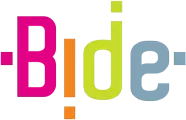- Details
The BIDE Journals: shared stories from previous B>Labs
Vanessa Costa
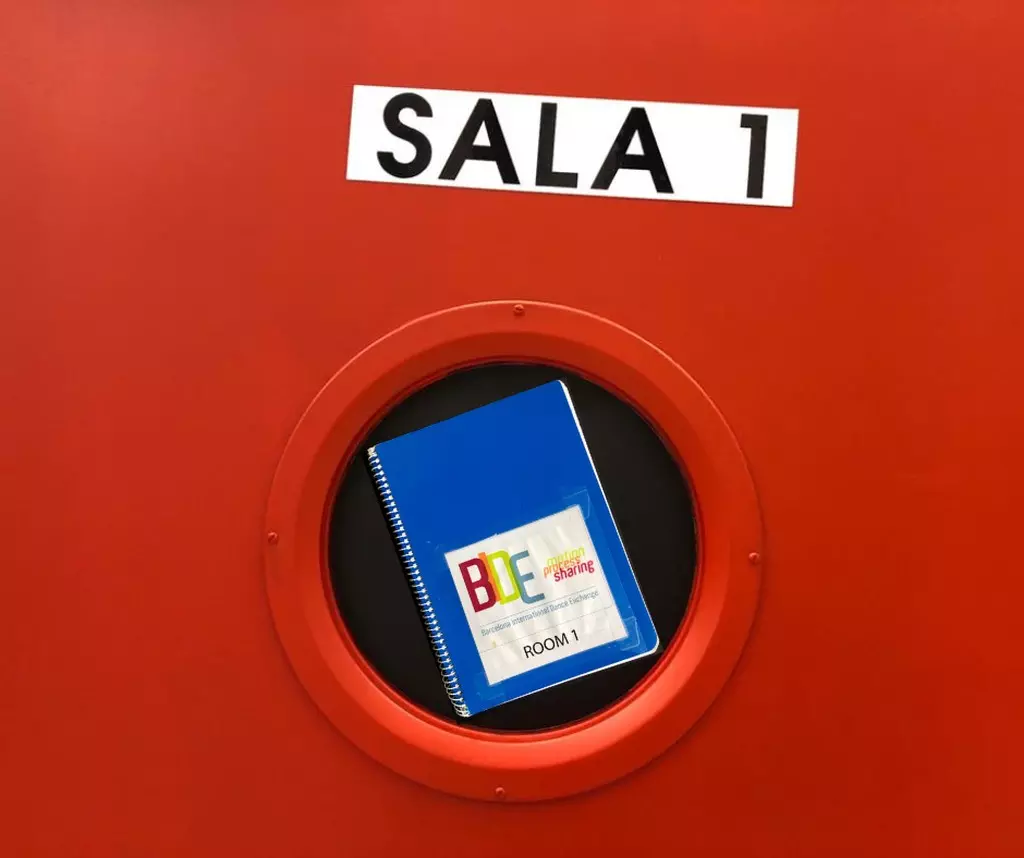
A “journey” through the content of the notebooks written during B>Labs, Room 1, La Caldera, Barcelona, 2016 & 2017.
B>Lab: an innovative methodology developed by BIDE
There is much to be said about the process of shared creative practice and collaborative choreography but putting this into practice is something else. Cultural institutions and artistic collectives have been organising collaborative projects that complement their programming, and from there the public can build and discuss proposals with others based on themes of community interest or of a global nature. However, for working strategies to be successful in accordance with the objectives set, full transparency is necessary.
Collective creativity that relates to the body and its movements can be considered in different ways. In the case of contemporary dance and the performing arts, where bodies communicate through free movements and with much improvisation, arriving at a choreographic work or performance created collaboratively in a consensual way is quite a challenge. A methodology that is horizontal, transparent and non-hierarchical is necessary, so that trust prevails among the participants and everyone can freely express their ideas and thoughts. This is the seed of the innovative methodology developed by BIDE that is known as ‘B> Lab’.
B>Lab as a process of collective creativity
The objective of a B>Lab is to allow creative ideas to materialise and flow in a diverse and inclusive manner through a process that allows for shared, non-hierarchical exploration. B> Labs trigger connections through which participants engage in research and share their discoveries to inspire collective creation. Each B>Lab has facilitators whose role is to present the overall theme, pose questions and propose a dynamic structure for the session, whilst providing a creative environment for participants to decide how to proceed.
An interesting way of understanding the creative process of a B>Lab is to take a “journey” through the content of the notebooks written during these labs. In these journals participants write down and draw imagery in response to all that happens during the B>Labs. Stories written by the various hands of dancers who participate in the B> Meeting in La Caldera, Barcelona.
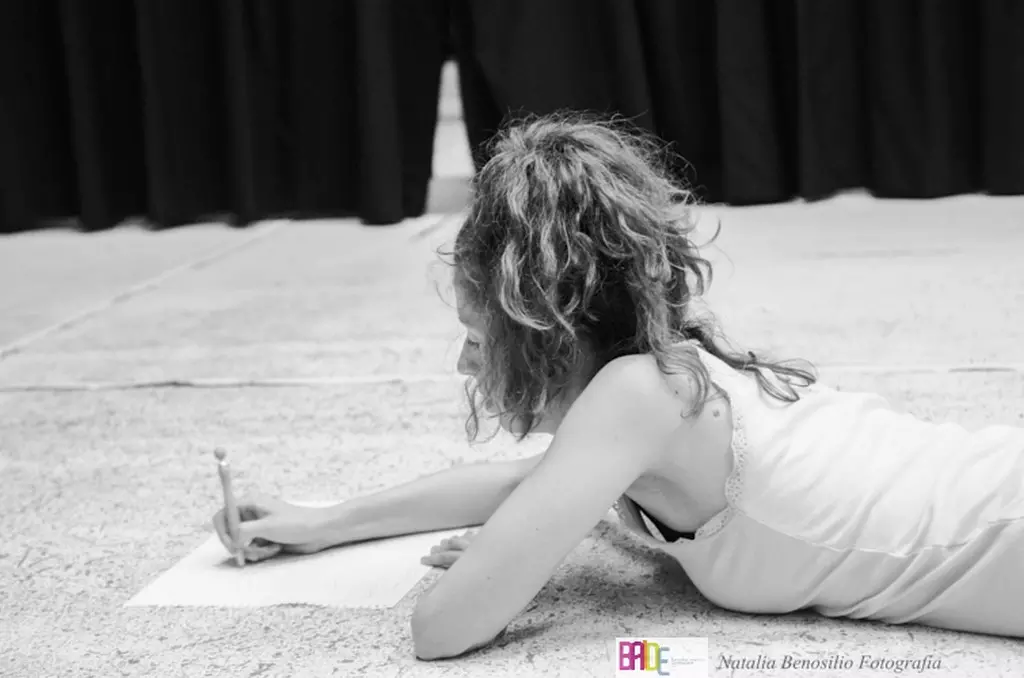
Notes from B>Lab
Storytelling is the art of telling a story, the creation and use of a magical atmosphere through the story. In this post we are going to see how this magic happens in the B> Lab notebooks. Picture the scene: four studios with an average of fifteen dancers in each one. People from different countries, cultures and ages writing in the same notebook at the same time. The notebook is passed from hand to hand, each writing what is happening at that exact moment in the room. This has happened once a year since the first B>Lab took place in 2008.
Can you just imagine the amount of history and creative content that we have to share with you? How many ideas and how much creativity is recorded on paper at a time when everything is digital? Dancers talk with their bodies, but at this moment they use only their hands. The people are different, the hands that form the words are not the same, but at this moment they come together with the collective aim: to create a choreographic work between them all.
Welcome to the Journal from Room One!
In this section we are going to travel to one of those notebooks: the notebook from Room 1, which contains notes from the years 2016 and 2017, written during two different B> Meetings, where the central theme was “Remix”. The theme “Remix” was proposed as an artistic tool; a stimulus for making connections and triggering inspiration. A concept that has been used for research and also as a starting point for discussion. Remix is a method within musical composition and innovation. Its key characteristic is that it takes existing material and modifies it to create something new. BIDE were interested in translating this practice into dance and choreography.
Let's begin with the first page: a drawing divided into different spaces, each with a different word or icon. At the bottom of the page a phrase stands out: “How are you?” A question as simple as that at the beginning of a laboratory can make you reflect and trigger many discoveries about your body and about yourself. And so now I return to ask yourself: How are you?
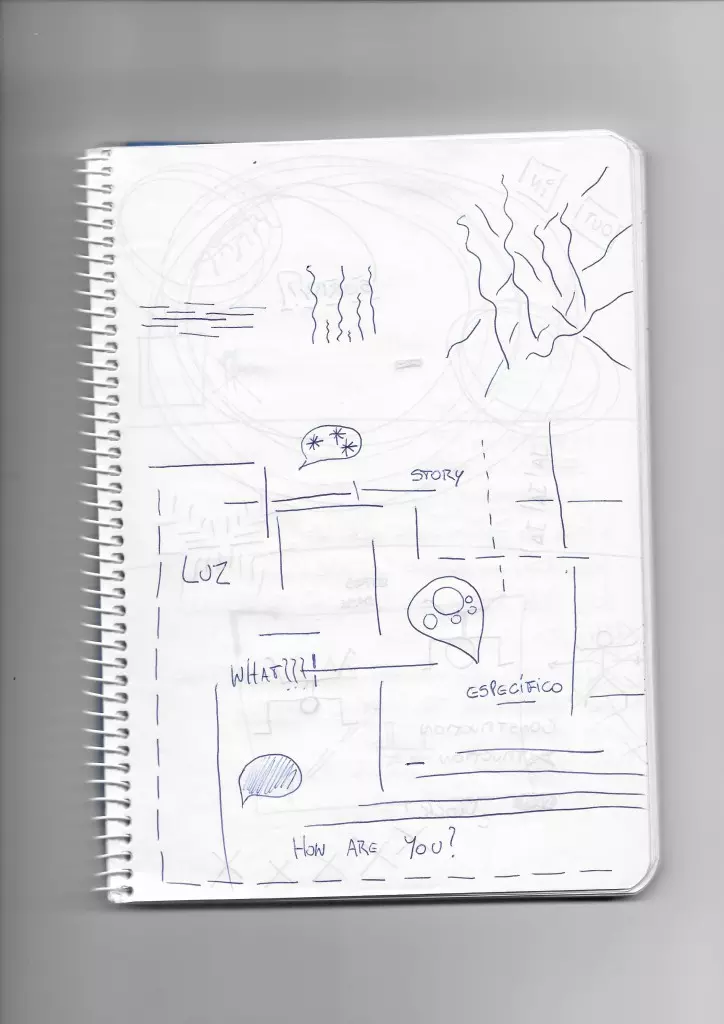
Notes from Room 1 BIDE 2016
While you think about how you really are, let’s continue the journey through the notebook. We turn a few pages and come to a drawing where the spectators are in the position of the performers and the performers are outside the circle, as if they were spectators. A remix of the audience and the artist. At this point, several phrases about space and freedom begin to emerge:
"We thought we would have too much freedom and we tried to apply more rules, and the roles were reversed."
"It is free or you are free as long as you do not see the structure as a limit.”
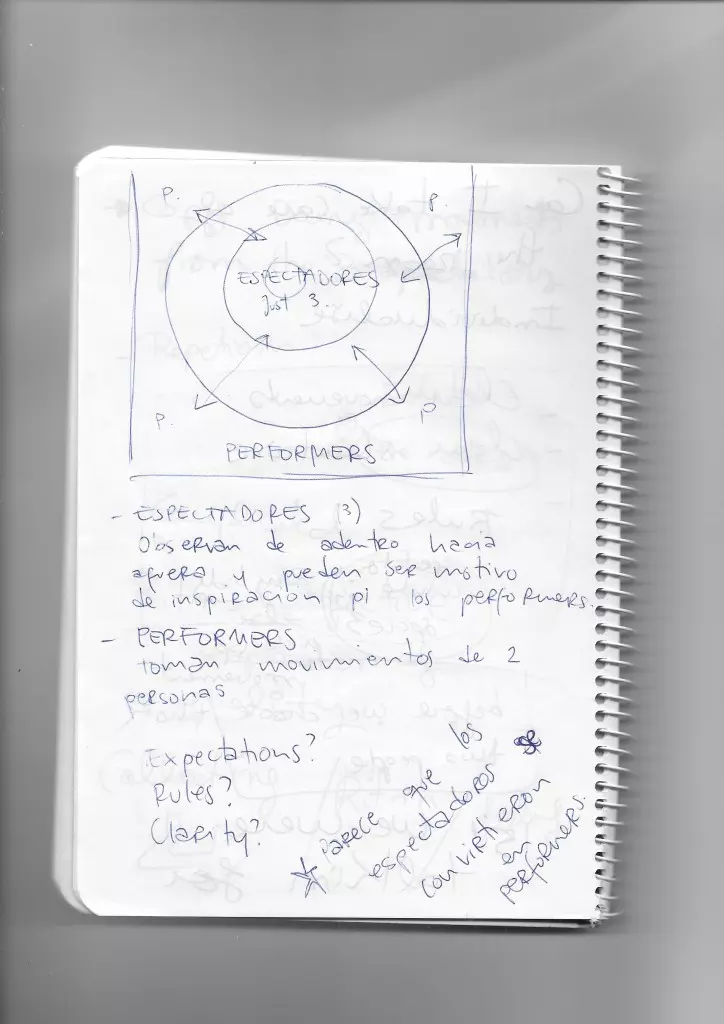
Notes from Room 1 BIDE 2016
These phrases are so deep and philosophical that we could write a thesis. It reaches far beyond just exercising the body. It is also an exercise in life, of the structures that surround us and that can be a limit to our creativity, if we see it that way. We continue with the tour of the notebook in Room 1 and we arrive at an exercise with a map of Barcelona. In this entry, participants study the structure of the city, comparing the Gothic Quarter of Barcelona with Chivilcoy, a city in Argentina. The idea is to remix the structure of the city of Barcelona: clarity vs. chaos, collective listening, pedestrian movement, body structure.
“Begin with small movements, as authentic as you can, like an internal scan.”
This is one of the phrases written during a ‘Collective Listening’ and ‘Genesis’ exercise. A moment when the dancers were savouring the sound:
“If I would try to taste the sound, how would it taste?”
“Movement as an easy thing, like if you want to move.”
“To walk with the memory of the points of the body that were the trigger to start”
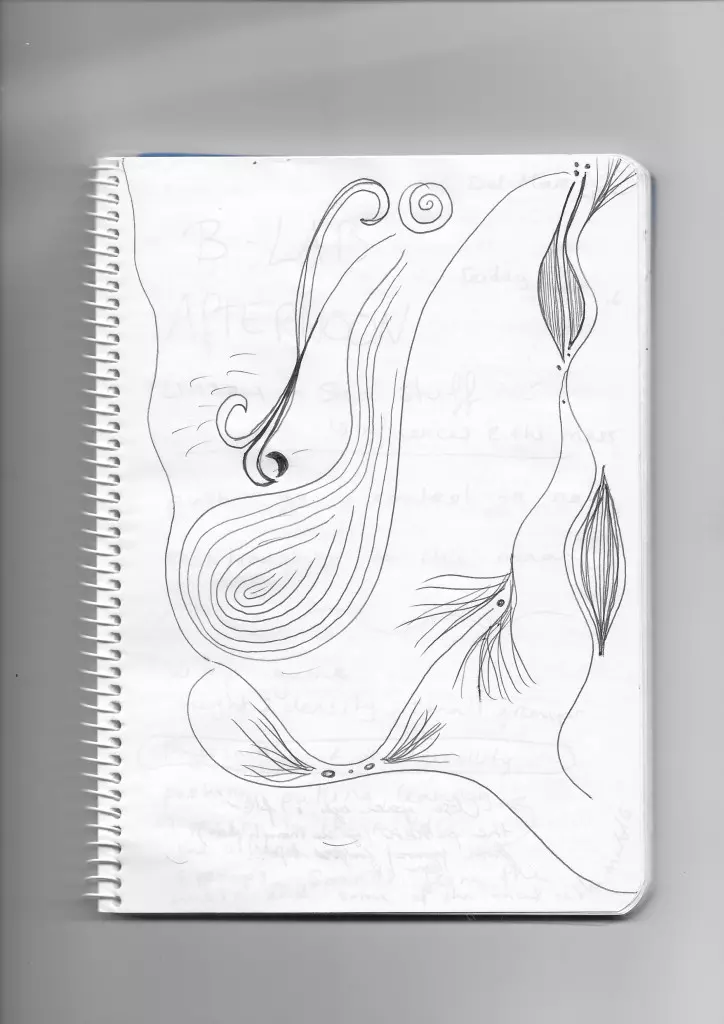 |
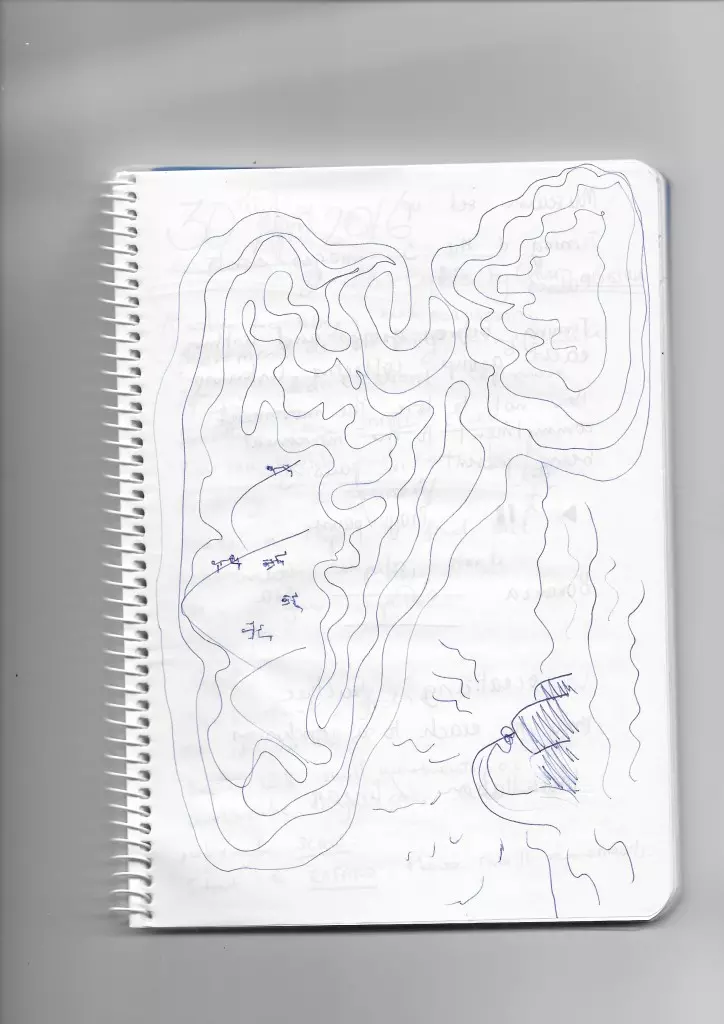 |
Notes from Room 1 BIDE 2016
We continue travelling through the pages of the notebook and arrive at a time when they suggest taking elements of “contact” and transporting them to any moment, movement or spatial situation. And we find the following phrase:
“Restlessness of many or only a few: moving and performing alone feels good and free when it becomes a dance with more people. (You then) fall back into contact improvisation, into parameters, and feel stuck. "
And to escape from this place of feeling stuck we dive into a note about the act of ‘floating’: “We’re fish! Floating!’. The first exercise consisted of pushing a person into the centre and then they tried to escape. In the second exercise, everybody lifted one person as if they were floating.
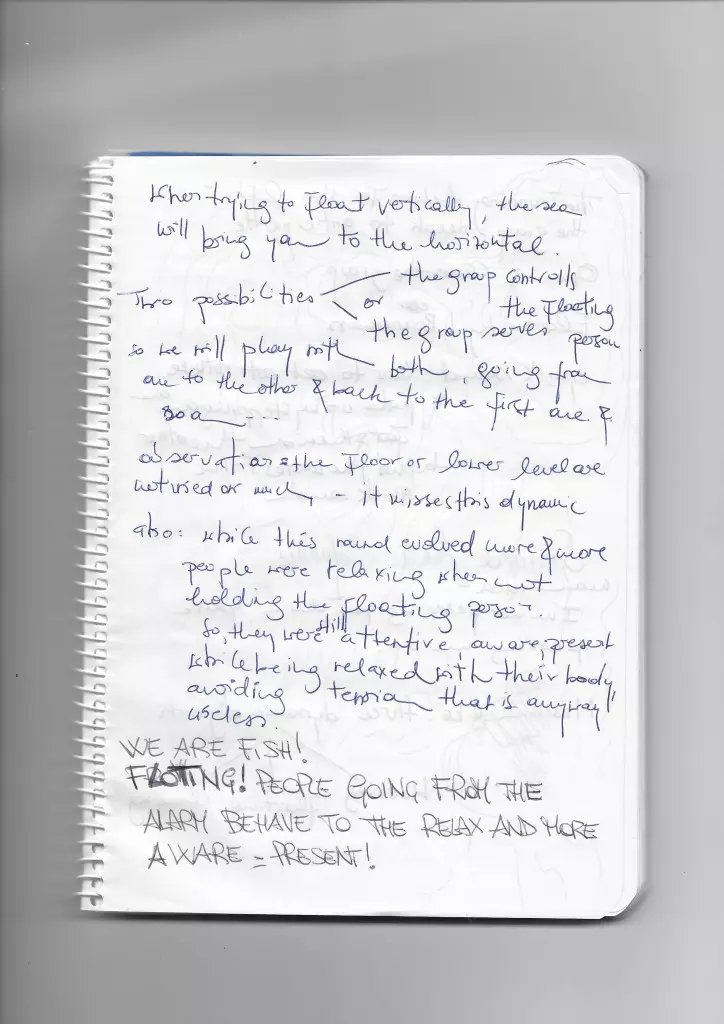 |
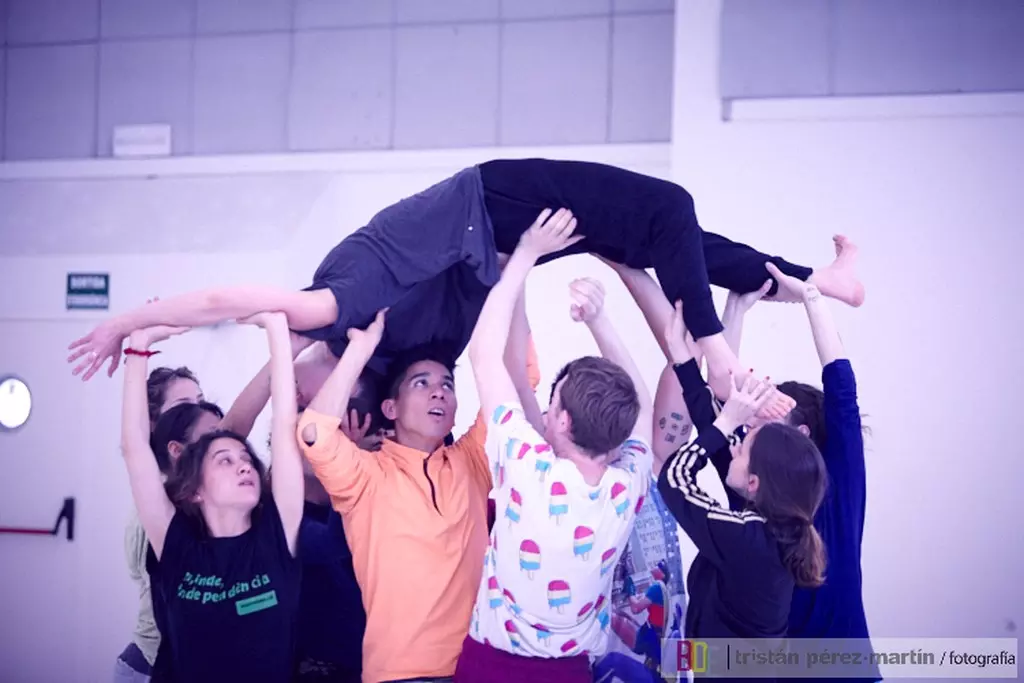 |
Notes from Room 1 and B>Lab BIDE 2016
What is the space inside us like? What is the space outside of us like?
And so we come to April 30th 2016, with the practice of ‘hugging’. Participants walk around the studio and hug people. And at some moments they hug just one person. Then a massage, a moment of calm to the sound of the song “Você é linda”, by Caetano Veloso. What a good idea! To receive or to give a massage whilst listening to this music. People begin to follow the melody and the compass (scope). A time to share a place and a specific moment with people - hugging them however you like.
The journey continues and we arrive at May 1st 2016, with the idea of: “Finding inside the perspectives / relations between bones and blood.” The participants are thinking about their bones, guts, blood, muscles, organs ... "How do you perceive us from the outside?" The dancers make movements reflecting on that… What is the space inside us like? What is the space outside of us like? The eyes are part of us too! " The idea is to work the body as a unit.
Continuing with the eyes, we go to the laboratory that aims to discover "the look behind (or the rear view)”. Where are things when we don't see them? These "secondary" eyes at the back of the neck give us the opportunity to remove "emotion" or insecurity from the conventional gaze.
“How many directions does the body have and what are they?
Where we are in space. It's hard to be with yourself.
"Is it still moving internally? It ends when it ends. "
The fault in motion
 |
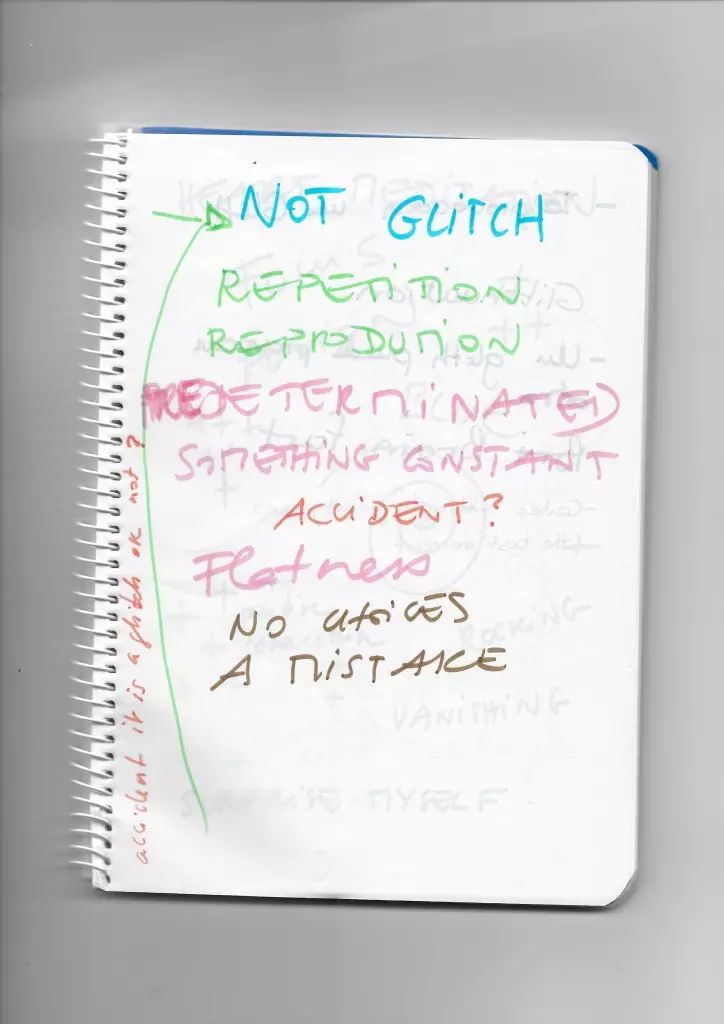 |
Notes from Room 1 BIDE 2017
And we reach the end of our trip to the notebook from room 1 with the concept of Failing / Not Failing. Because failure is human. And with failure always comes much greater learning than the mistake itself. "The failure comes suddenly, gives, comes and goes.”
“Contact without gravity was the best moment. Meditation of the heart. "
"To relax oneself could be giving a direction not to collapse."
"Time travel is a glitch effect ... Knowing you opens my limits."
“There were tears in this room. Disconnect your mobile phones and disable failure mode. "
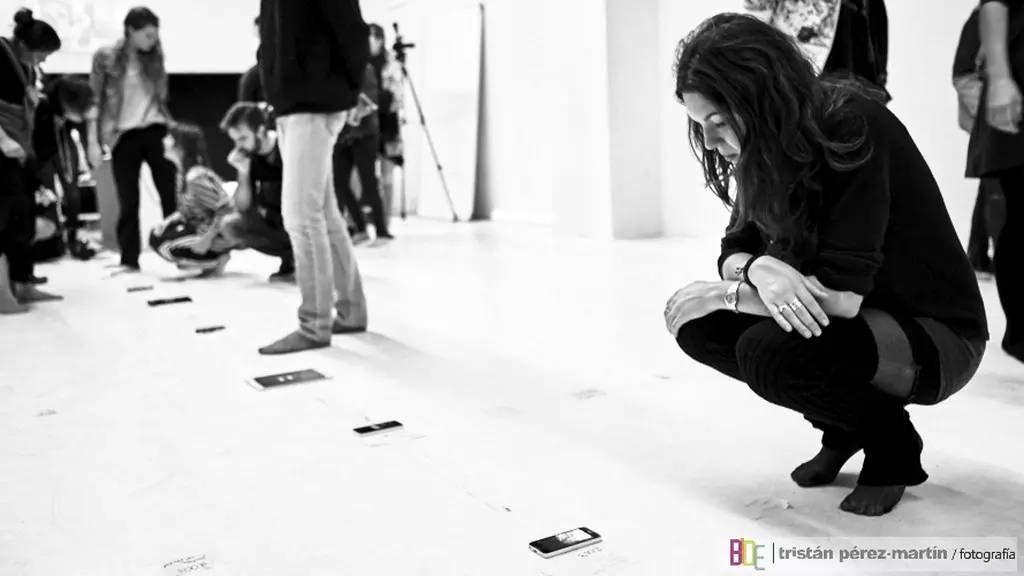 |
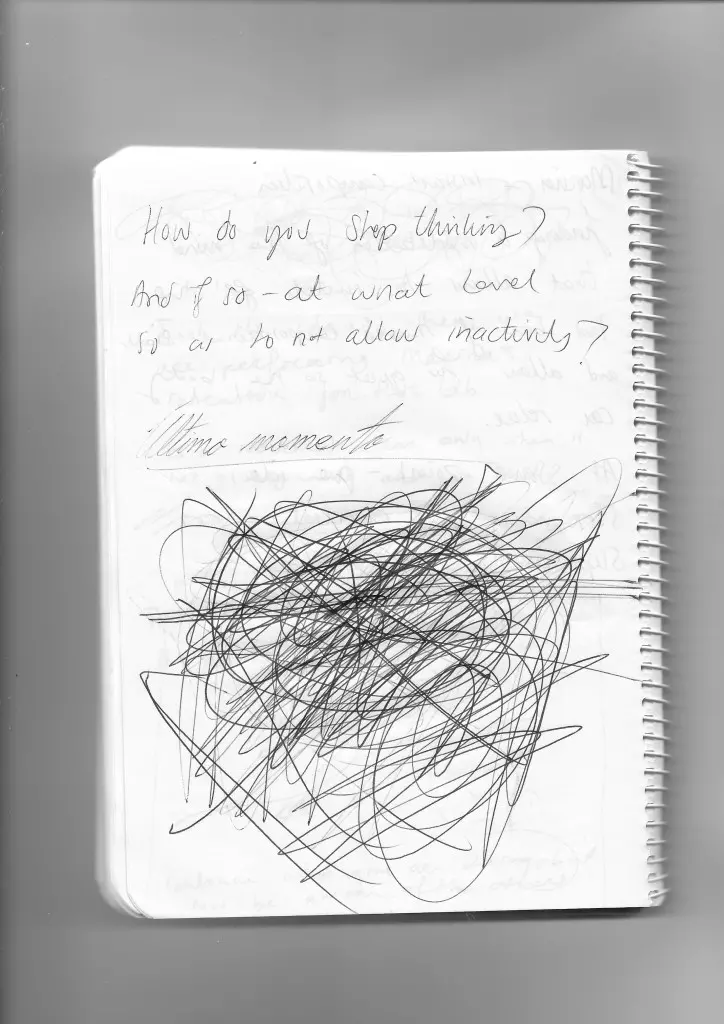 |
B>Lab and notes from Room 1 BIDE 2016
These are only a few entries from the notebook from room 1. They are records that we have selected so you can get an idea of the incredible content that we have saved. BIDE aims to transform all of its notebooks into a great book, documentary, exhibition ... Something as big and powerful as the storytelling in the journals. A tour through all the years and laboratories carried out during the 12 years of B> Meetings. And here we say goodbye, for now. Because the next Travel Journals are already scheduled: they will be written during our B> Meeting Cluster Edition, from November 25 to 28, in Barcelona, London with Zoë Leigh, New York with Giada Matteini, Mexico with Ireri Mujica, Jerusalem with MASH Dance House and Lima with José Avilés. See you soon!
Vanessa Costa is brand-content, content strategist and editor on the BIDE. Translation: Zoë Leigh.
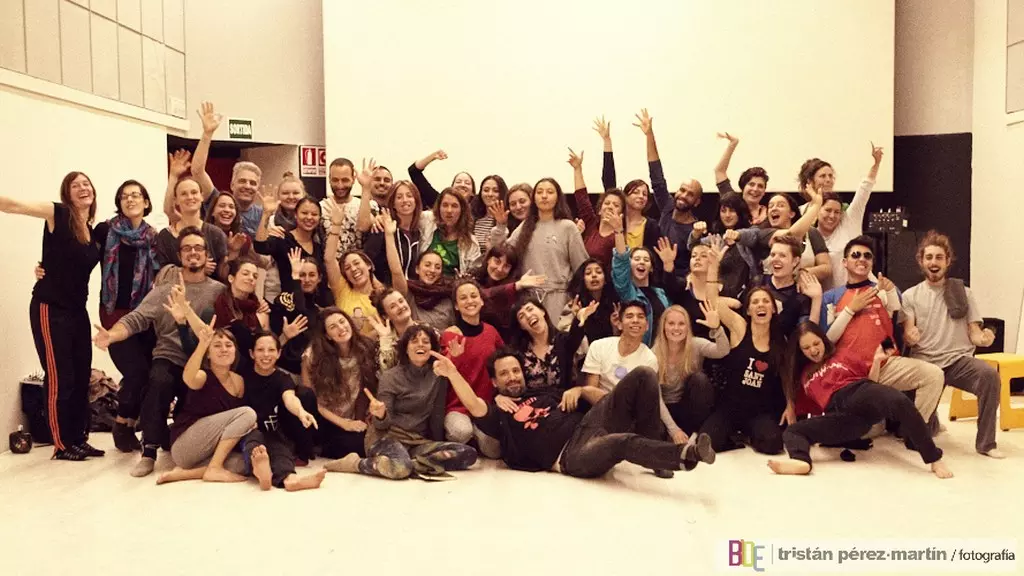
Sebastian Garcia Ferro and BIDE participants in 2016 and 2017
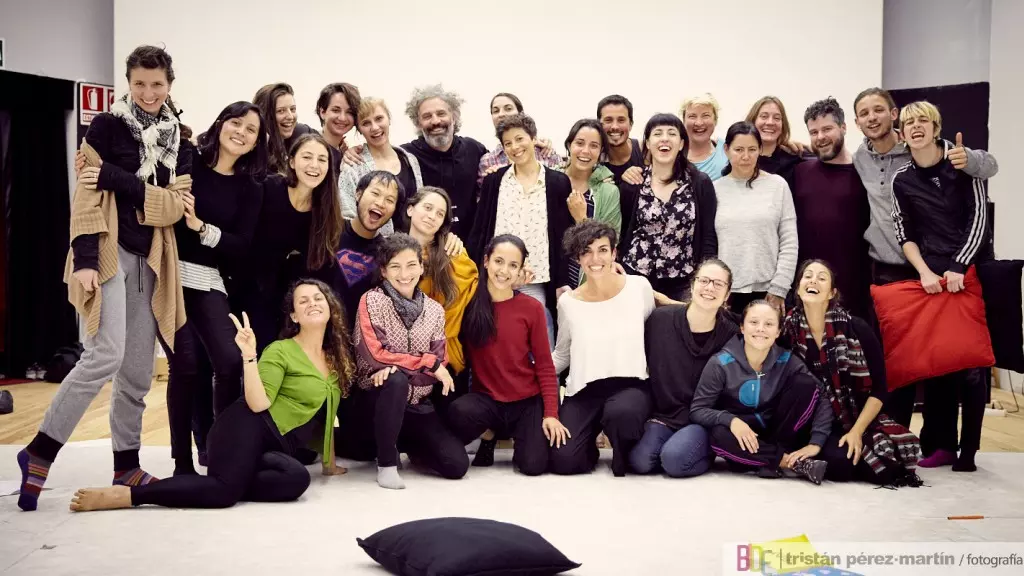
- Hits: 2311

